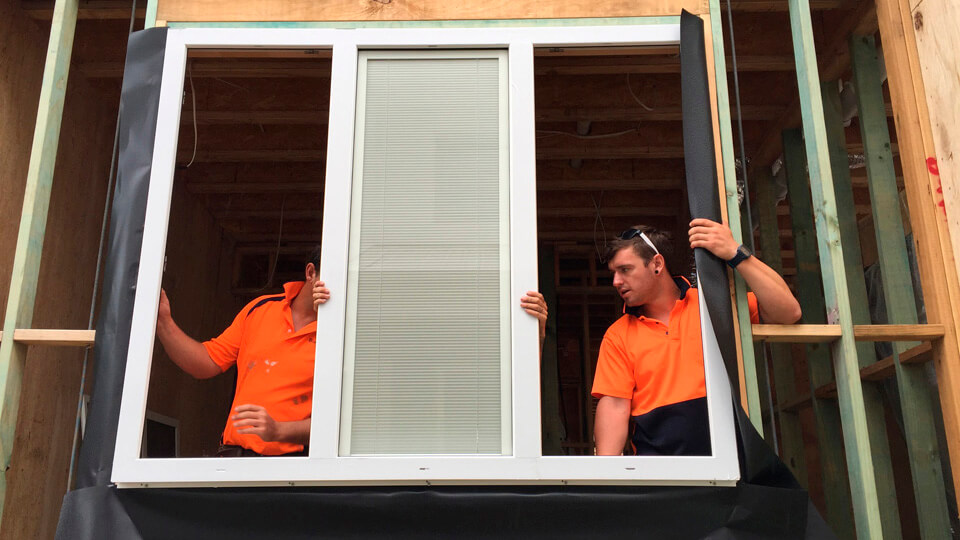

Double glazed units are insulated just like the doona on your bed or fiberglass batts – if you shake up your doona, it adds air between the fillings which increases your insulation. If you squash your batts, the air is reduced and they become less of an insulator.
With double glazed units, there are two panes of glass and in between the glass units is trapped air that is often filled with argon gas. These units are sealed and arrive on site as one unit.
It is important to get as much of the winter sun into your home as possible so that you receive free heating. The sun will enter your windows as a shortwave and then once inside will convert to a long wave. Your heating inside your home is already a long wave.
Glass is a good heat conductor and if the window is single glazed, the heat will transfer readily to the outside. You may notice in your single glazed home that by 4pm, the home gets cooler and you need to turn on your heating – this is because your heat from the sun is traveling back out the window and as the sun is going down, there is no more heat coming in.
With double glazing, the air trapped inside the double glazed units is a poor conductor. If you have argon, it is a viscous gas and is denser than air. It would be like a top of the range doona with lots of air pockets. The trapped air (gas) sets up insulating protection between cool air on one side and warm air on the other. This is why your home stays warm in winter.
The opposite works in summer. We recommend that once the cool night air arrives, you open all your windows and doors and trap the cool air inside. Close them before retiring for bed and the cool air will remain in your home.
We liken double glazing to an esky. If the esky has warm things inside, they will stay warm. If there are cool things inside, they will stay cool. This is the same with your home.